Accident Reconstruction
Crash reconstruction is the effort to determine how a collision occurred. Our experts employ a wide variety of techniques during the data collection phase and subsequent analysis of collision events that can often provide valuable insight into the details of a collision event. Additionally, our laboratory facility is fully equipped with an array of fixtures, sensors and data acquisition systems used to evaluate the vehicle dynamics associated with collisions. Over the years, BRC experts have reconstructed thousands of crashes involving passenger vehicles, commercial vehicles, aircraft, trains, motorcycles, pedestrians, bicycles and more.
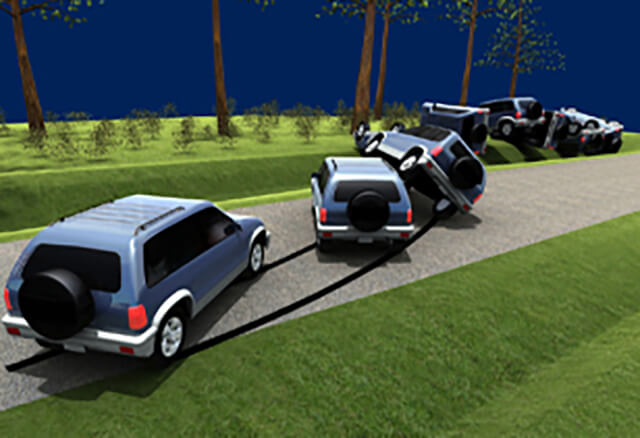
Our in-depth analysis relies on state-of-the-art techniques including:
Crash testing
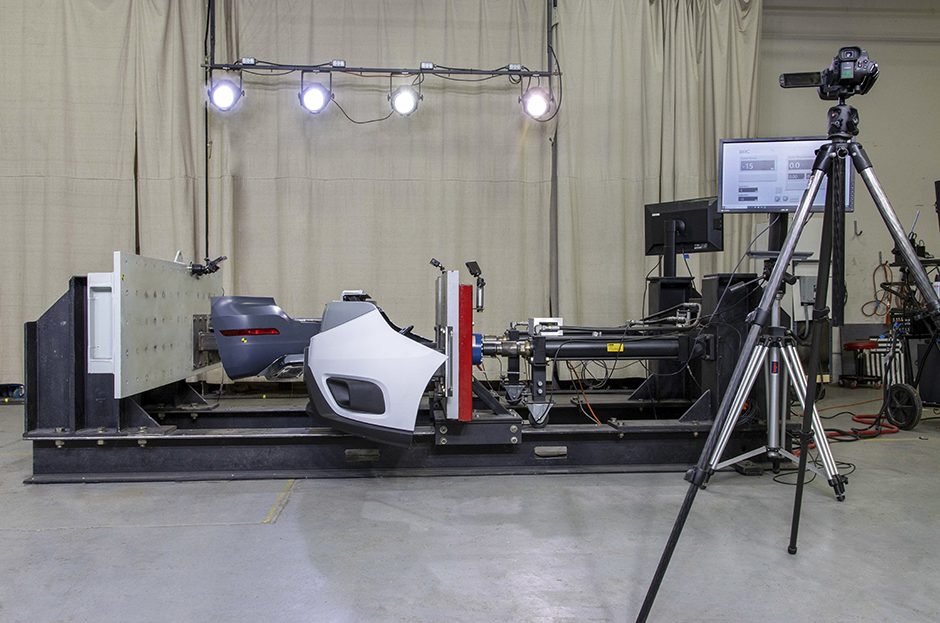
Bumper Crusher
Crash Testing. BRC’s on-site testing facility includes our patented System Force- Deformation Modeling Apparatus (known as the “Bumper Crusher”), which cost- effectively recreates crash deformation in low-speed collisions. We also have to ability to perform full-scale dynamic crash tests while measuring acceleration, force and velocity.
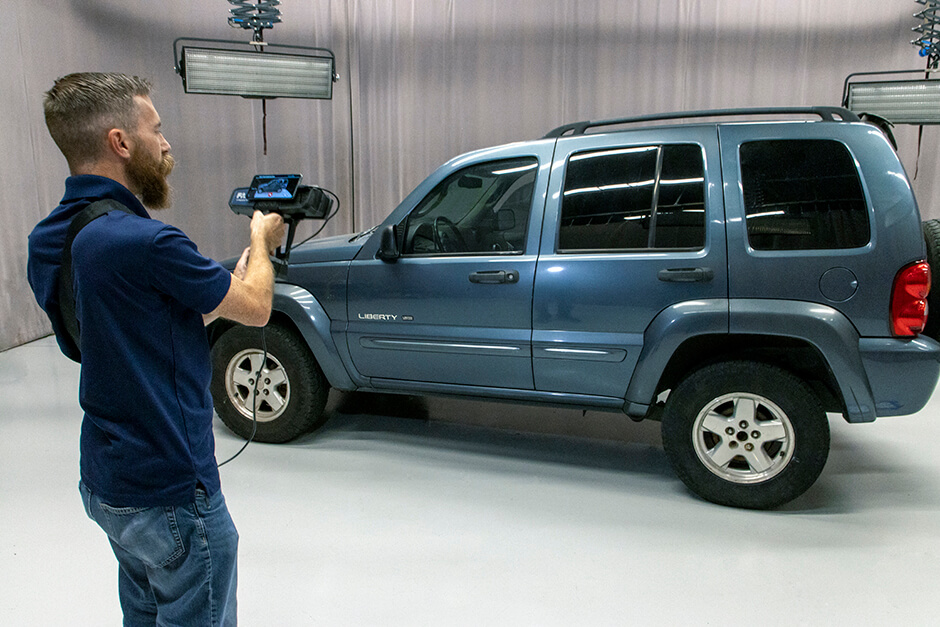
3D scanning on vehicle exterior and interior
3D Scanning.
We use FARO laser scanners to capture roadway geometry, vehicle damage, and on-site evidence. Scans give our engineers detailed measurements of the vehicles and environment, allowing us to produce illustrative 3D models and digital reproductions.
Passenger Event Data Recorder (EDR) Downloads. Kits from Bosch, Kia and other similar software allows us to retrieve and interpret data recorded during a passenger-car crash event. A download can supply a wealth of information, including but not limited to vehicle speed, acceleration, throttle position, brake application, steering wheel angle, seat belt use, and airbag deployment.
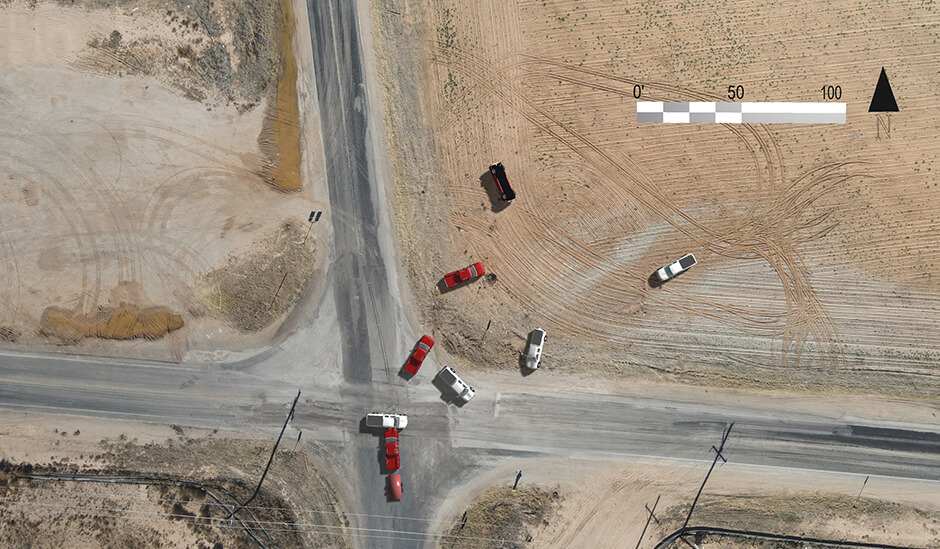
Drone technology
Drone Aerial Technology. BRC deploys Unmanned Aircraft Systems, commonly referred to as drones, to map features of the roadway and to capture evidence resulting from collision events. Drones can also be useful in conducting observational studies of traffic patterns and vehicle performance.
Heavy Vehicle Event Data Recorder Downloads. Commercial vehicles have multiple event recorders arrayed across a vehicle. Although their primary purpose is to monitor efficiency, they can provide insight into the details of a crash event. BRC engineers follow extraction protocols to gather as much relevant information as possible from the available control modules.
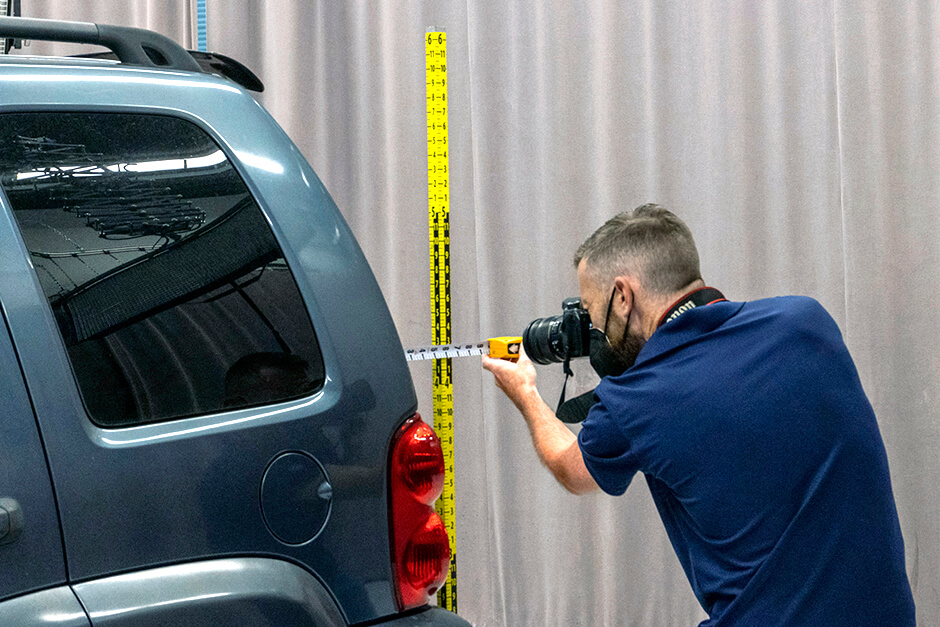
Hands-on vehicle inspection
Vehicle Inspections. A hands-on examination will typically include a battery of photographs and measurements inside and outside the vehicle. As needed, we augment with interior and exterior 3D scans. Depending on case needs, we may investigate certain areas more closely. Additionally, BRC engineers are uniquely qualified to examine aspects on a vehicle involved in a collision to address issues related to both accident reconstruction and biomechanics.
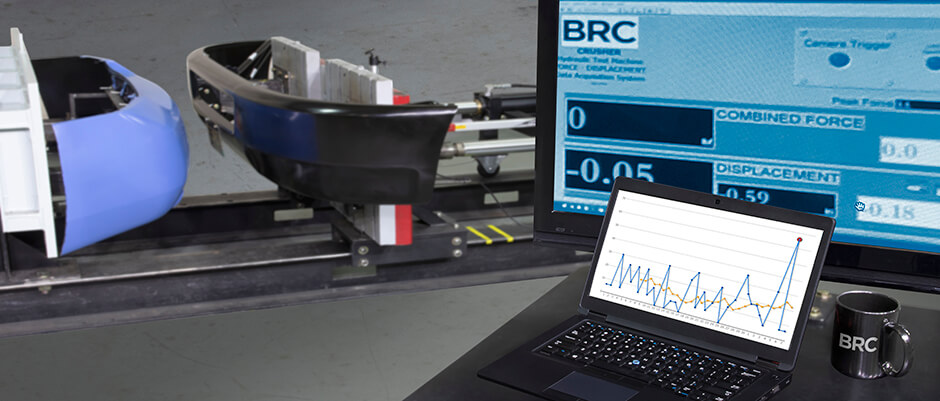
In depth testing on crash events
Forensic Analysis. We use a wide variety of scientifically credible accident reconstruction methods to objectively evaluate factors that may have contributed to or caused incidents involving vehicle collisions. Our retrospective approach may involve determining vehicle deformation through photogrammetric techniques or analysis of video footage from dashcams or surveillance cameras. Computational modeling through numerical analyses or simulations can also prove to be instructive to explain the nature of an event to general audiences.